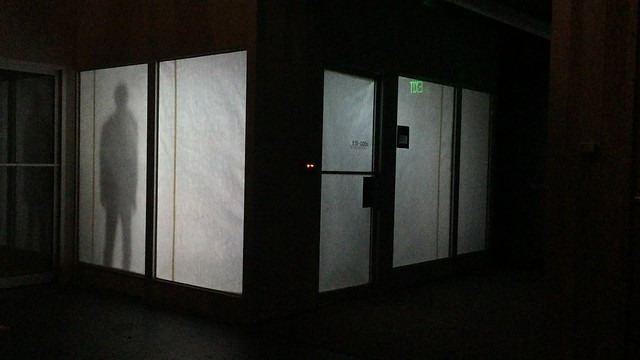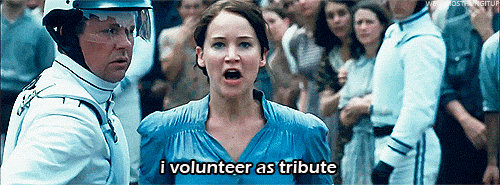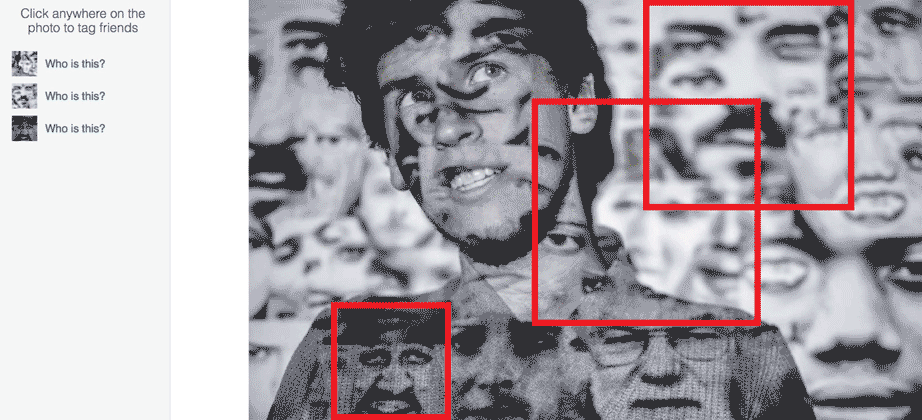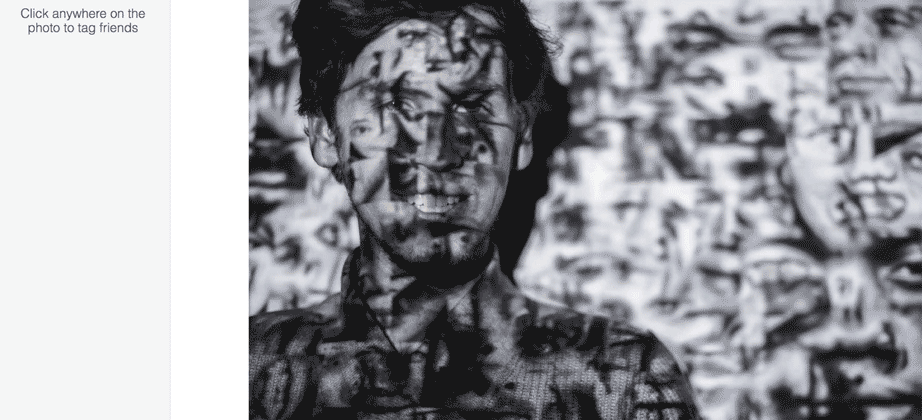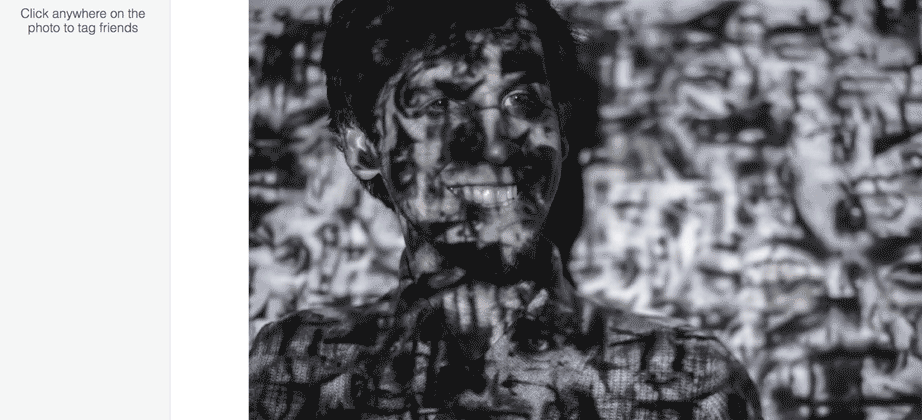Expellenormous
So you want to make something big? Whether you’re going through a rough breakup and wish your chocolate bar was twice your size, or you have a savior complex and wish to end world hunger with a single fish and a lone loaf of bread, the ability to make anything grow in scale would undeniably useful. The world of science would be abound with antithetically fantastic voyages, GMOs would yield to DMO’s (Dimensionally modified organisms), and Frank Gehry would finally be out of a job, but how would we bring this wonderful reality about?
Back to Basics
What muggle technology makes things big? Microscopes!

What’s the difference between what a microscope does, and what Ant-man Giant-man does? The third dimension.
Luckily, a Strange man taught me some perceptual hoo-doo that allows me to essentially add dimension together, compositing a few two-dimensional realities to synthesize the illusion of an obscured third.
Unfortunately the same man failed to tech me how to magically capture two dimensional recording, so for that part I am restricted to muggle technology.
Dimensional Synthesis Error – Universal Bus Controller (Code 43)
Magic is easy, technology is a bit harder. As it turns out creating new dimensions is all about your hardware – specifically the capacity of your USB bus controllers. Now, obviously there are easier solutions for processing unholy amounts of video information, but Blackmagic involves delving into the dark arts and truckloads of cash.
(Updates to follow)


Side Effects May Include: Pinching (Dismemberment), Dual Personality Syndrome, and/or Murder
For those of you looking for a once-a-day solution for natural enhancement, this is not the enchanted object you are looking for. Aside from being fundamentally different from the Engorgement Charm of the Potter-verse – which increases the amount of something without increasing the quantity – this magic box has the unique quirk of copying, and displacing the objects it enlarges. BYO suicide tank.

Suicide tanks that enabled the teleportation “illusion” featured in Christopher Nolan’s The Prestige
The idea is simple enough, a spell to make something bigger. Yet somewhere along the way it all went horribly sideways, and when you’re already so invested in breaking the laws of nature it’s all too easy not to stop yourself when you finally realize you’ve gone. too. far.

